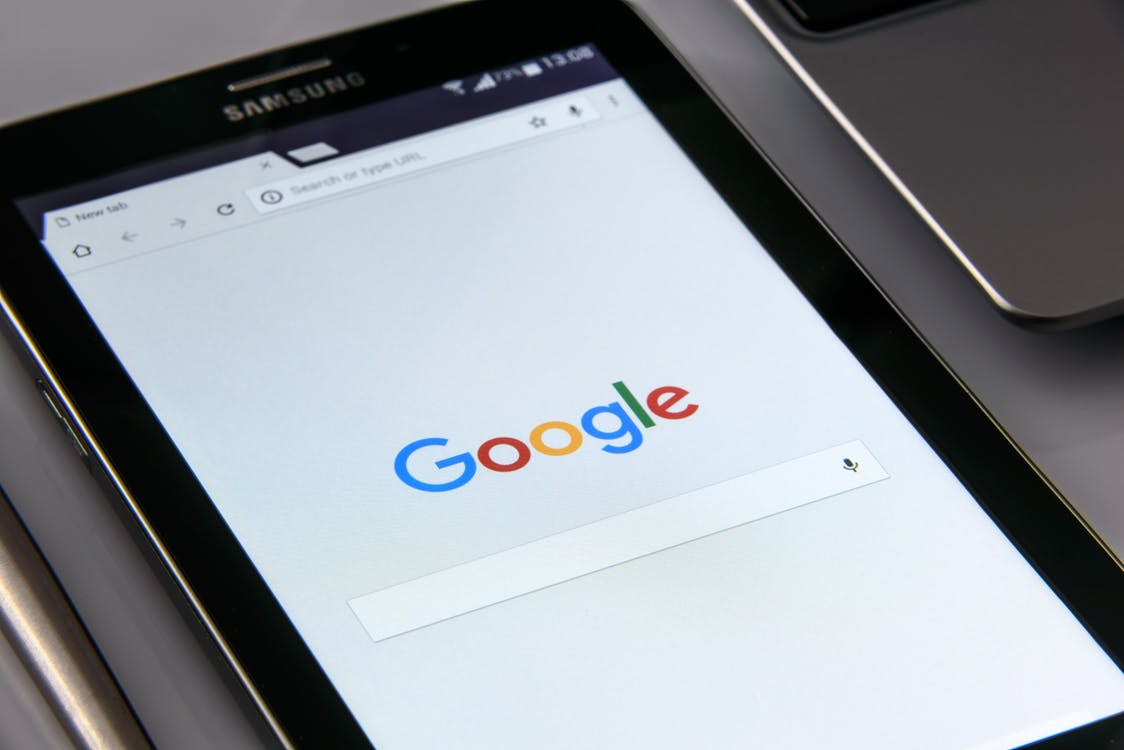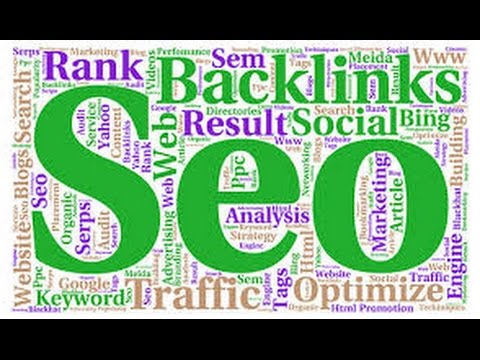It's not a stretch to say that mobile marketing is exponentially expanding.
Establishing a mobile presence just to quell your fears of being left behind does not instantly place you in the front of the pack.
No one wants to be the laggard in the race to mobile fluency. There are three problems your mobile platform must solve in order to be considered a big contender for time spent browsing by fingertip.
Mobile Marketing is Booming
The graphs below contain the latest information on mobile platform usage via Advertising Age's Mobile Marketing Pack, 2014 Edition. Clearly, consumer use of these platforms is on the rise, and it's not stopping anytime soon.
Ad spend is growing in response to this widening opportunity to capture consumer interest. ZenithOptimedia is forecasting a 50% YoY growth in mobile advertising spend from 2013 through 2016, driven by the metrics of increasing consumer usage above. What is this in hard numbers? We're talking big bucks - from a base of $13.4bn in 2013 to $45bn in 2016.
Mobile marketing, and internet marketing as its parent category, is steadily gaining ad spend share. If your brand is shifting its budget, are you getting your money's worth?
[Tweet "In 2016, Internet ad spend will surpass newspaper, radio, & magazine combined via @morganmeade14 @nateriggs"]
The Three Problems Your Mobile Platform Must Solve
1. Save Customers Time
In a study by Google, the benefit most customers hope for is time-savings. How can your app or mobile website help save customers time? This could include getting directions to your business, form submissions online on the go, or easily accessible product information.
The same study found that one in three customers used their smartphones to seek additional product information, as opposed to asking a salesperson. For restaurants, this implicates interactive menu features providing more information could be very well received. What are you doing to help customers access information on their own time?
2. Save Customers Money
New technologies such as near-field communication and iBeacon pose an amazing opportunity to present timely, relevant promotions. iBeacon specifically breaks down the opt-in barrier for push notifications, and when used strategically pose great potential. Have you considered incorporating an option allowing your customers to receive push notifications with incentives to buy?
Think: throwing out a buy-one-get-one hook during your less busy hours. Customers will be delighted to stay in the loop with your brand when they are rewarded for doing so. The best part? All results are measurable and subject to real-time adjustment.
3. Save Customers Trouble
When, where, and why is your app or website used? How well is your site optimized for mobile devices? Studies show people use different devices for different purposes. Determine what your optimum conversion goal is for each channel, depending on the experience your customer is seeking. Pick a goal towards which to direct visitors, and make it almost inevitable they reach it.
According to Google, mobile research begins with search. How hard is it for your typical user to find you? Even a perfectly engineered site serves no purpose if its hidden from your target audience.
Once they've browsed, programmatic ad buying can ensure you're not forgotten. Display advertisements are poised to take over internet ad spend, topping paid search spend by the end of 2016 ($74bn to $71bn, respectively). In my opinion, these two are complimentary; they'll need to be partner components in a well-rounded advertising portfolio.
Finally, check out analytics - your cross-channel conversion data to determine your customer's specific path to purchase. How can you streamline the process and better facilitate the conversion funnel? Test, check, and revise constantly.
Put the Plan to Action
Perform a strengths assessment - does your site or application stack up? No matter how big your investment has been, in order to see a return, it is imperative your mobile presence fills a need. Are your customers' lives made easier by using your services?
Now that you know better, do better. This mantra is the solution to success. Let us know how answering these calls to action boosts your customer satisfaction, and in turn, your bottom line!





